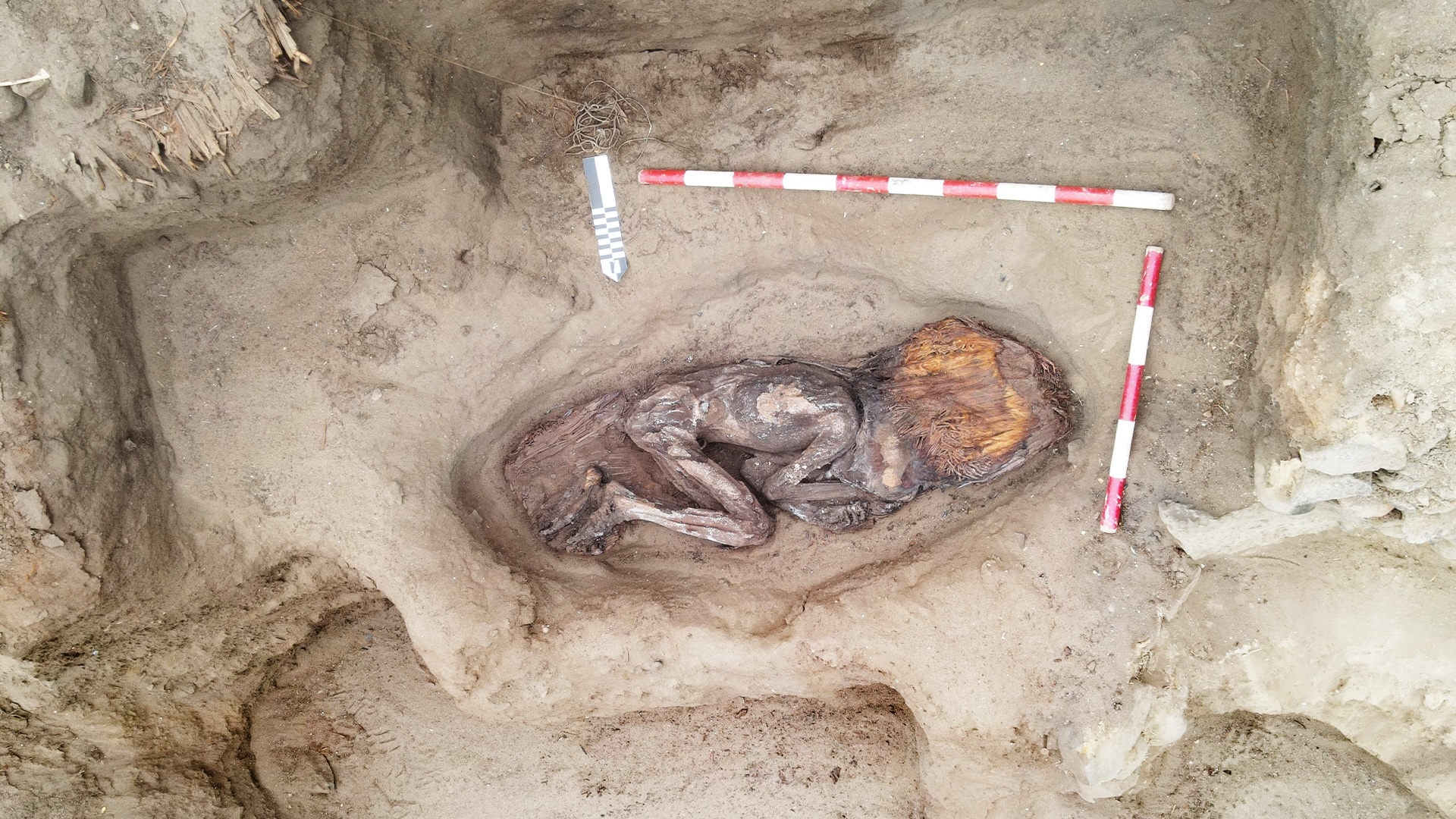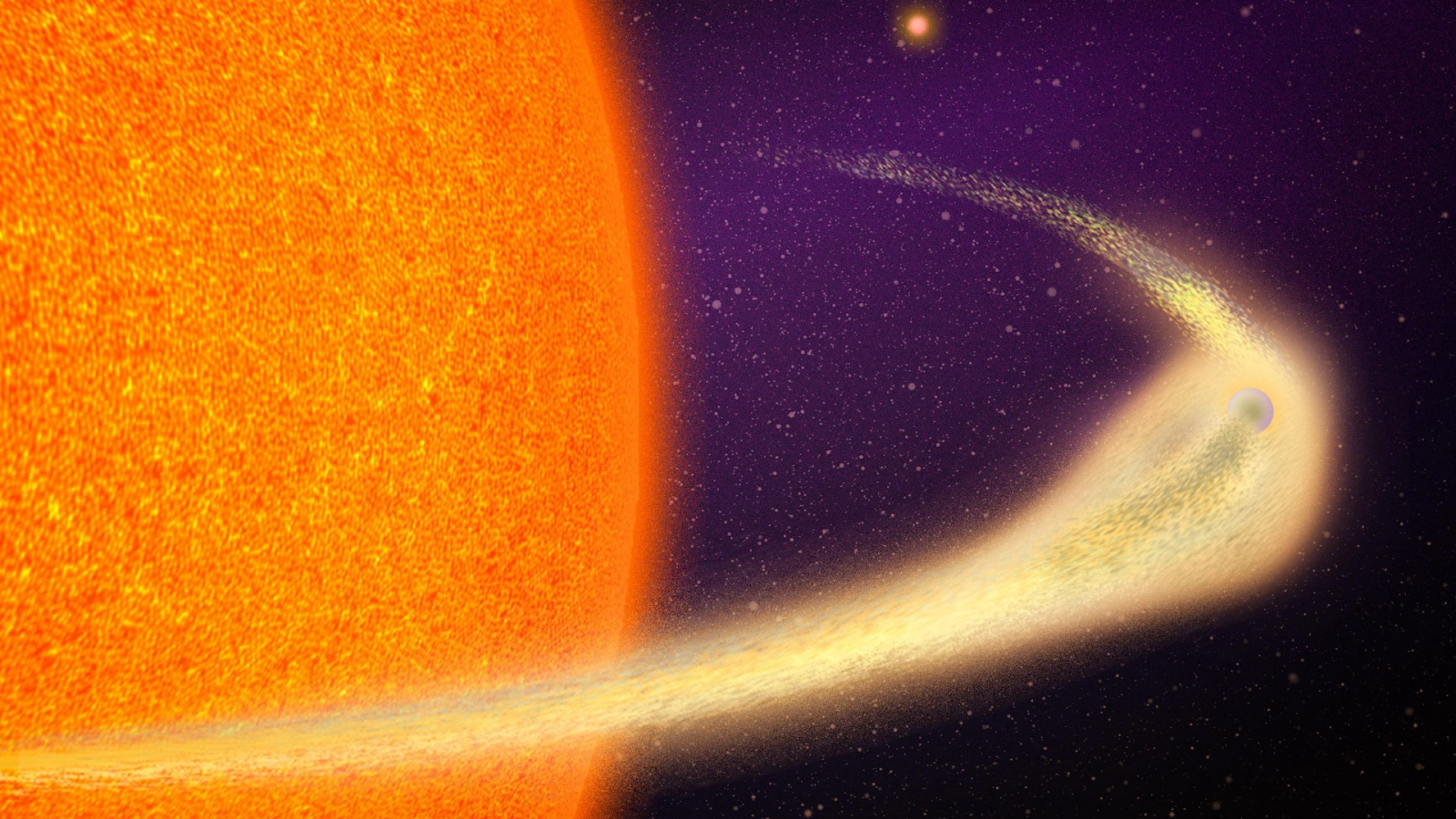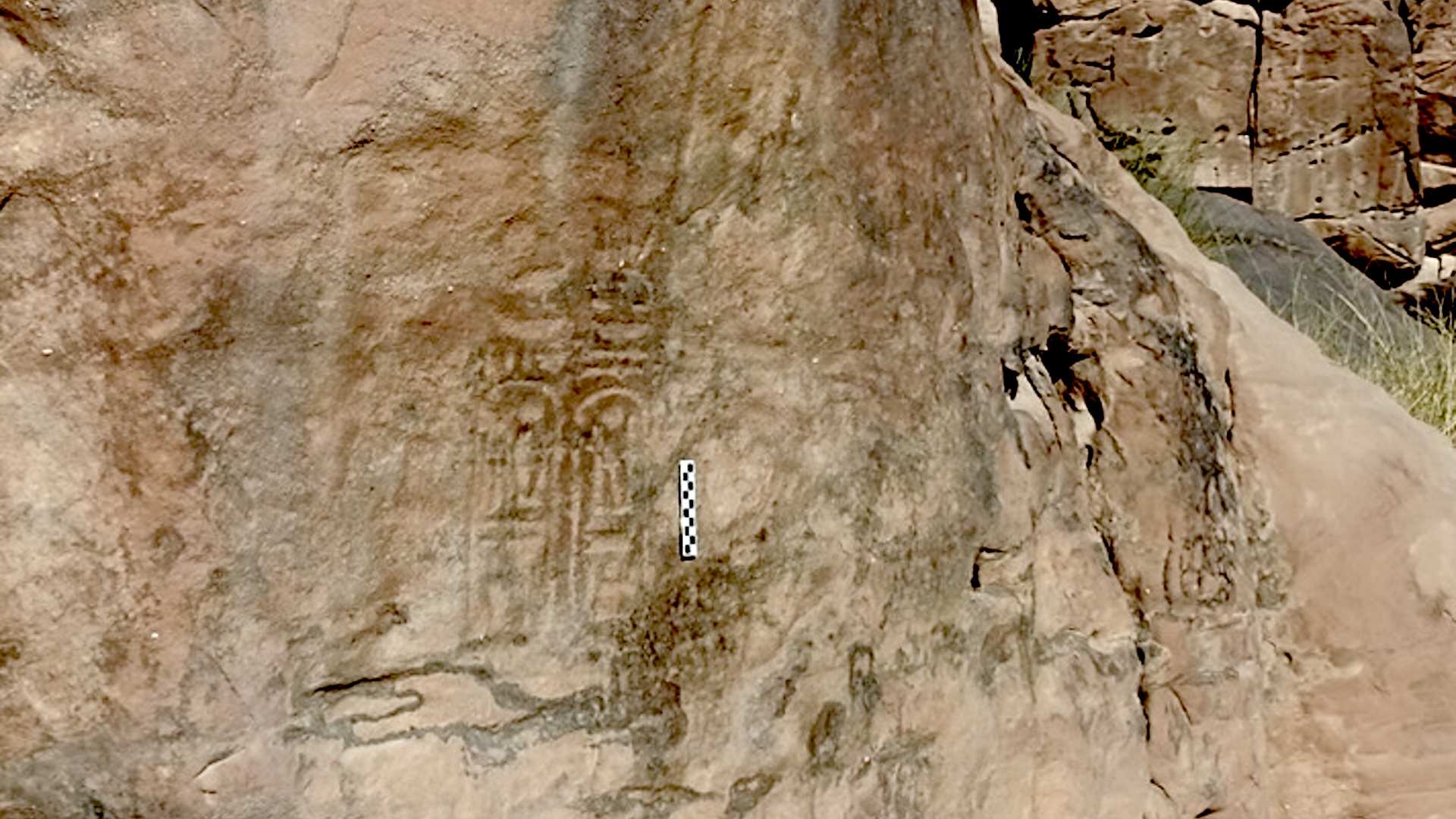Rainbow Mountains: China's psychedelic landscape created when 2 tectonic plates collided
The colorful swirls and stripes that characterize China's Rainbow Mountains would have remained hidden without the epic tectonic collision that created the Himalayas.
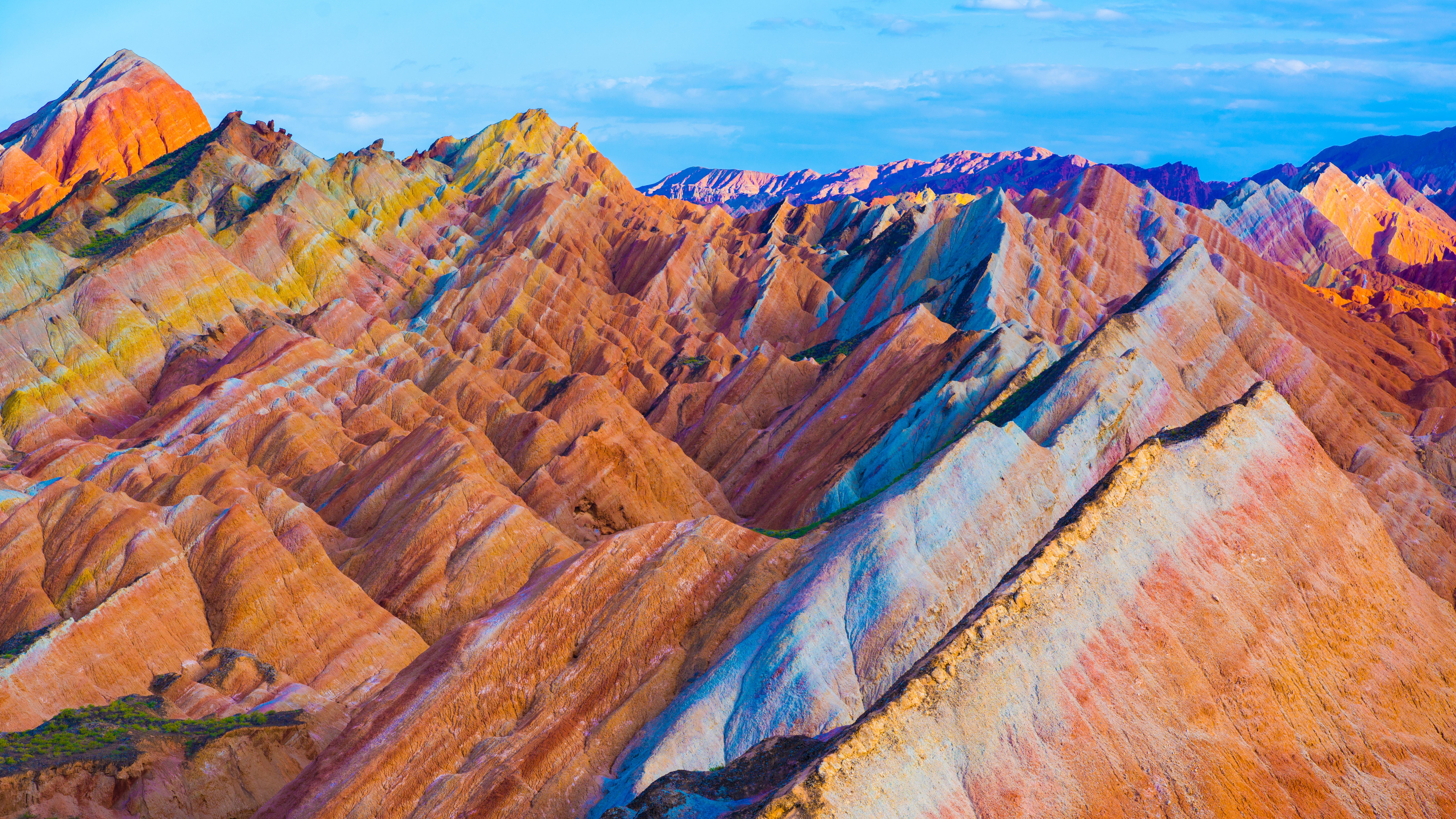
Name: Rainbow mountains
Location: Zhangye Danxia National Geopark, Gansu, China
Coordinates: 38.96080921027964, 100.07034421783024
Why it's incredible: The mountains' folded rocks form stunning rainbow patterns.
As the name suggests, China's Rainbow Mountains are multicolored formations in the northwest of the country. The landscape in this region is otherworldly, with vibrant bands that look like they were spray-painted onto the rocks.
The Rainbow Mountains are located in the foothills of the rugged Qilian mountains and likely formed around the same time as the Himalayas, approximately 50 million years ago, according to NASA's Earth Observatory. Land that was once relatively flat was scrunched up and folded into jagged terrain when the Indian tectonic plate collided with the Eurasian plate. This was because these plates have a similar rock density, so neither could slip beneath the other to form a subduction zone, according to the U.S. Geological Survey (USGS).
But the basis for the mountains' rainbow pattern was laid long before the epic collision.
Related: Massive tectonic collision causing Himalayas to grow may also be splitting Tibet apart
The Rainbow Mountains are made of sandstone and siltstone — sedimentary rocks that form when sand and silt, respectively, are compacted and cemented together over long periods of time. These rocks — with their bands of different colors — were deposited before the Himalayas formed.
The colorful bands are the result of iron and other trace minerals in the stone. Each band has a different composition that determines its pigment. For example, the deep red stripes are rich in iron oxides, the yellow layers contain abundant iron sulfide and the green bands hold more chlorite and iron silicates, according to a 2016 article in Forbes.
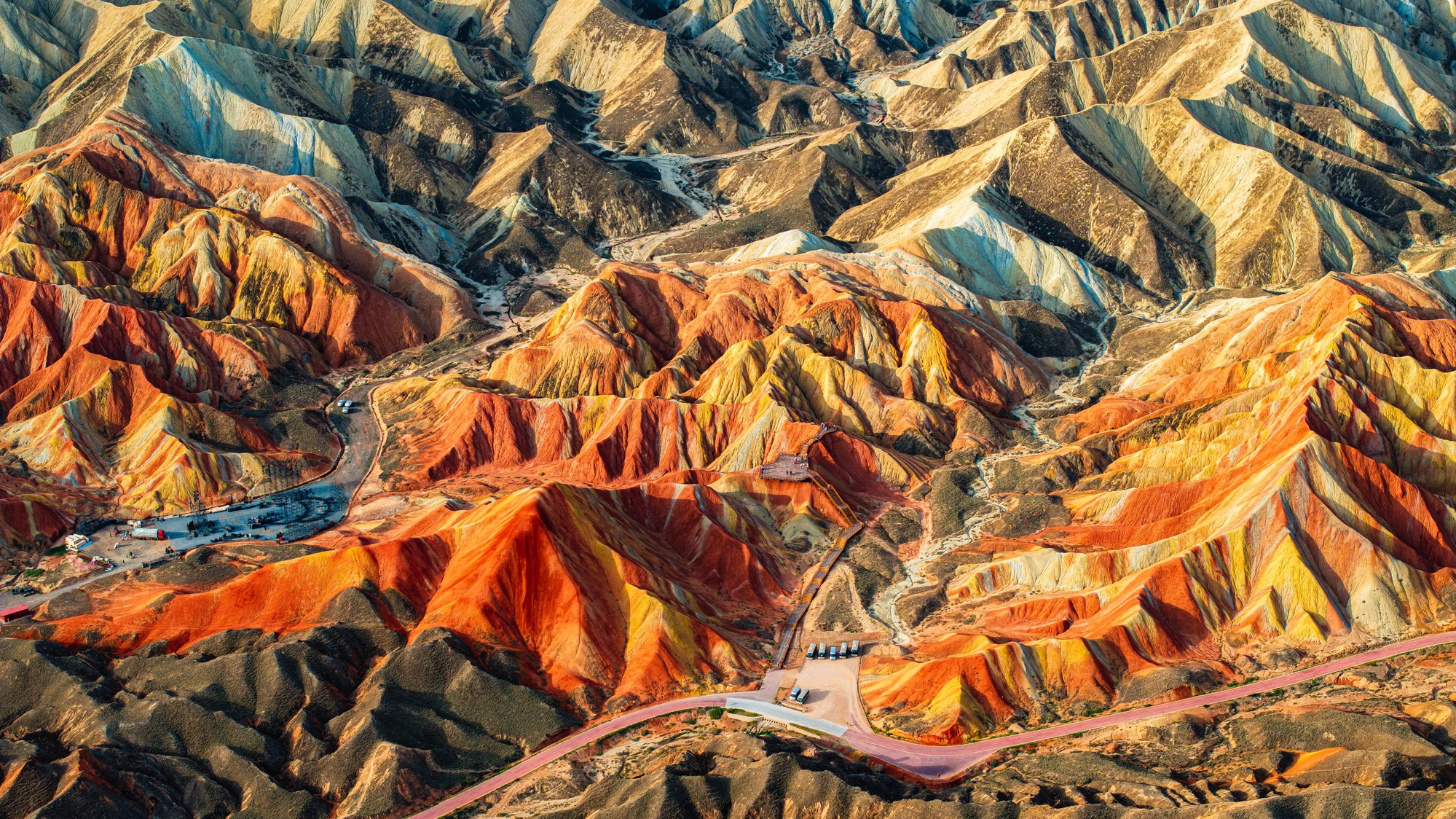
Iron and other minerals accumulated in the rock while the sand and silt grains were still cementing together. Groundwater circulating in the pore space between the grains deposited the minerals, coating each grain and further gluing the rocks together.
Sign up for the Live Science daily newsletter now
Get the world’s most fascinating discoveries delivered straight to your inbox.
The slanted bands we see on the flanks of the Rainbow Mountains today are upturned layers that would have remained buried and horizontal had the Indian and Eurasian plates not smashed into each other. The bunching of the land by plate tectonics was followed by intense erosion, which wiped away any sediment covering the colorful layers. Luckily for modern visitors, there is no vegetation to obscure the striking rainbow pattern.
The Rainbow Mountains are a popular tourist attraction. They are protected as part of the Zhangye Danxia National Geopark, but visitors can climb to the top of the hills and admire the view using wooden stairs and platforms.
Discover more incredible places, where we highlight the fantastic history and science behind some of the most dramatic landscapes on Earth.

Sascha is a U.K.-based staff writer at Live Science. She holds a bachelor’s degree in biology from the University of Southampton in England and a master’s degree in science communication from Imperial College London. Her work has appeared in The Guardian and the health website Zoe. Besides writing, she enjoys playing tennis, bread-making and browsing second-hand shops for hidden gems.
You must confirm your public display name before commenting
Please logout and then login again, you will then be prompted to enter your display name.

